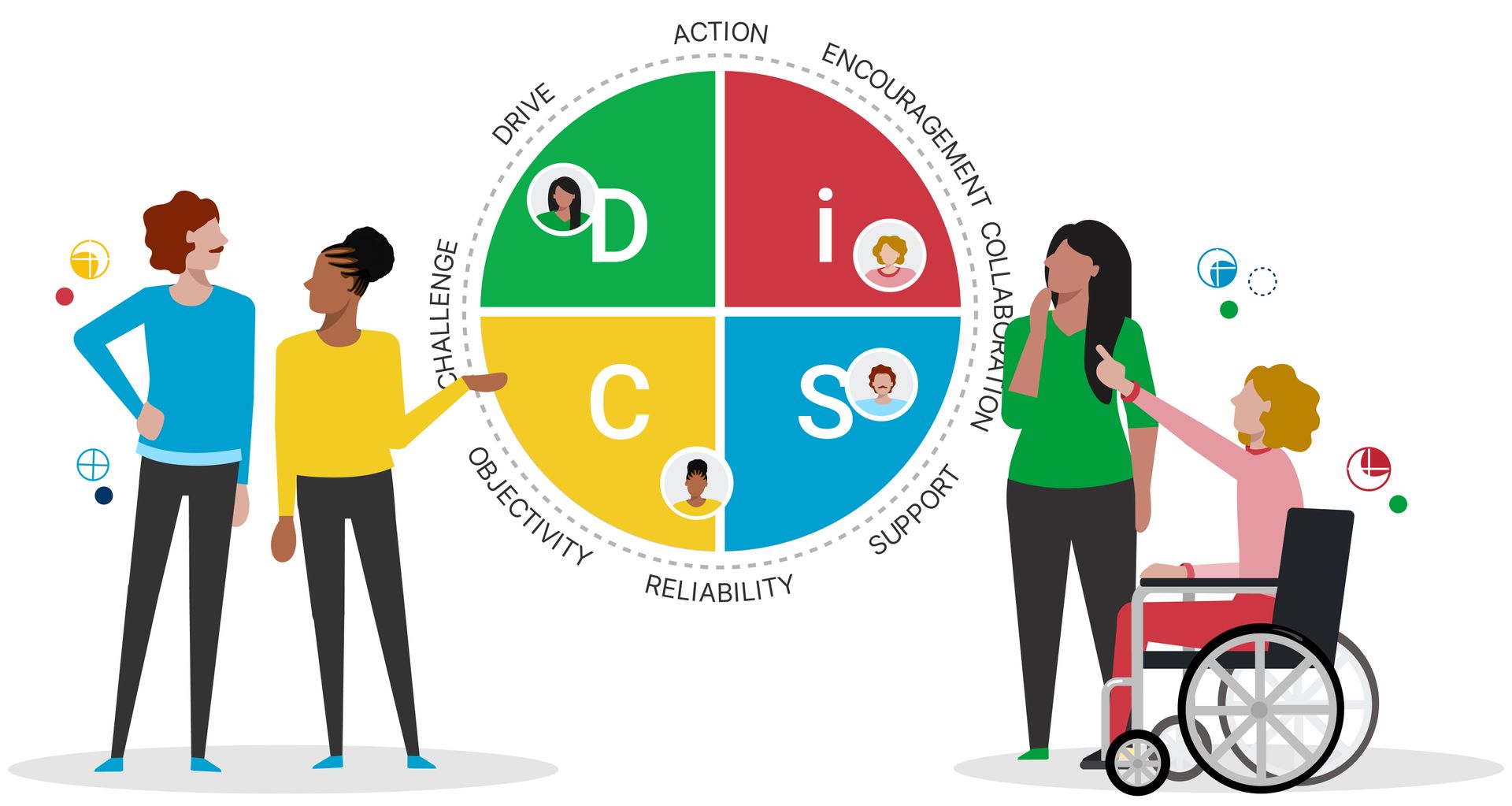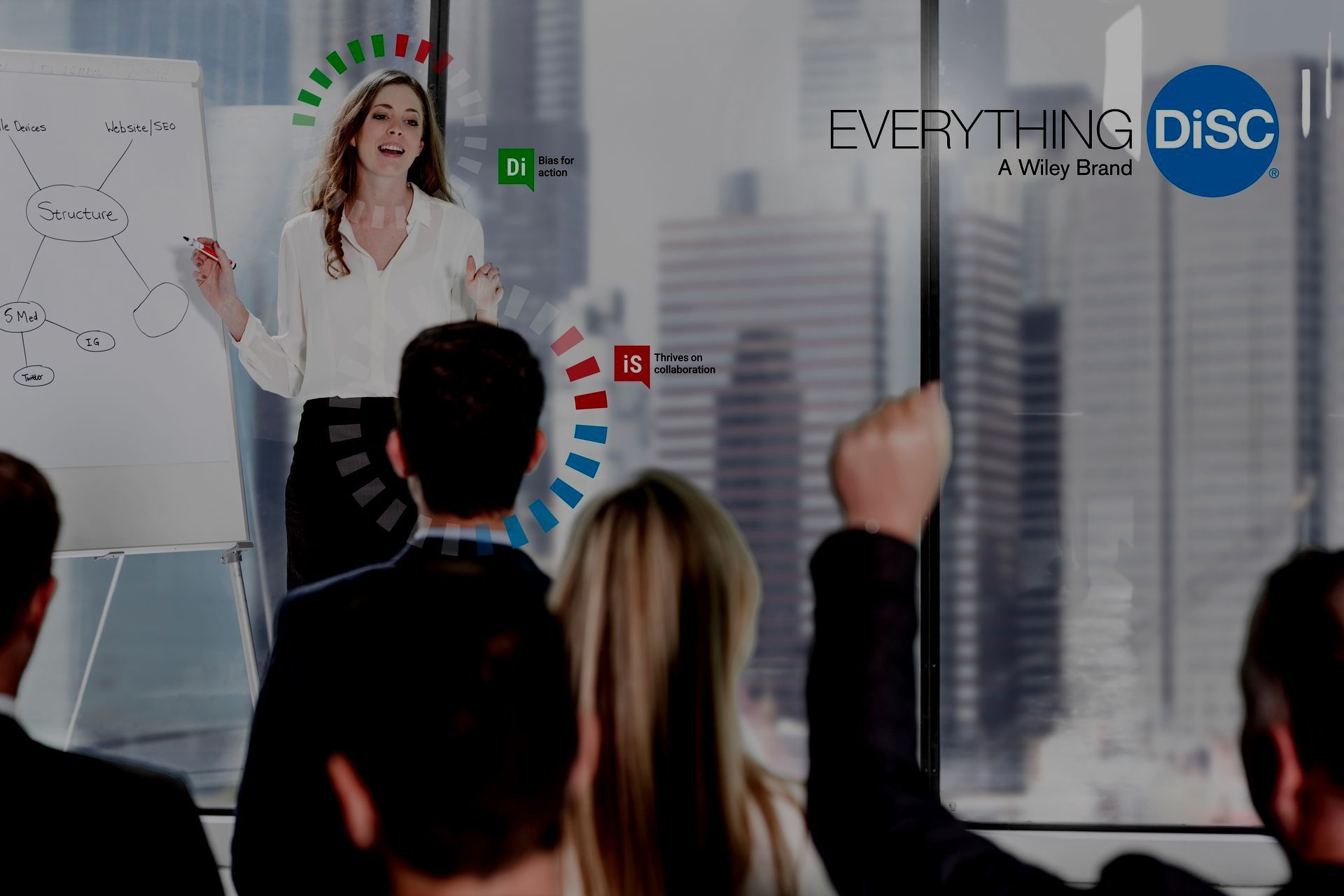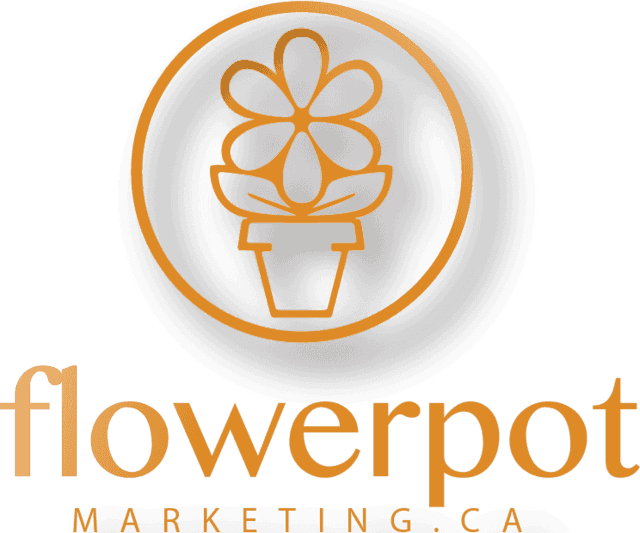By: Melissa Barlock
3 Quick Tips To Simplify Your Hiring Process
DO YOUR HOMEWORK
This is a given when you’re looking for that ‘star’ candidate. What may be less obvious is that this applies to prospective employers (clients), too. Gone are the days where a job is just a job. Just as today’s employers are looking for more than just a position to fill, job-seekers are looking for more than just a pay-check; a company’s specific needs, goals, and core values are important – to both parties involved. For example, does the dental clinic serve a community where a particular culture predominates, where certain cultural sensitivities and a second language would be an asset? As for core values, is work/life balance and teamwork a guiding principle for the company, or is financial compensation a top priority? One isn’t inherently better than the other, but aligned goals can help to ensure a seamless transition, a cohesive working environment, and long-term fulfilment. The initial work and time investment will pay dividends in the long term by reducing employee turnover and attracting repeat business and referrals – and that’s a win-win-win for everyone involved.
THE INTER-VIEW
So, you’ve found that perfect candidate and it’s on to the interview. But what is the real purpose of the interview? Is it to clarify and scrutinize credentials? Weed out the weak? Attract the best? Well, yes, but it’s so much more than that. The interview is a chance to really get to know the candidate and what they’re looking for, and it’s an opportunity for them to get to know you and the company you represent as well. However, too often companies are fixated on looking for that ‘perfect’ candidate, someone who has this many years of experience, or went to that elite school. While competence on paper is certainly important, it’s diversity and those intangible ‘soft’ skills such as adaptability, motivation, confidence, enthusiasm, and personableness that help companies grow and foster a positive work environment. When the staff is happy and friendly, that’s what patients really remember, and make them want to come back time and again. Therefore, in order to truly get to know your candidate in ways that can’t be discerned from a cover letter or resume, do your best to put them at ease. It’s an interview, but it doesn’t have to feel that way. Remind them that you’re being interviewed too, and that your goal is to match the right employer for them. As a recruiter, don’t forget that how they perceive you is also important; you are your reputation and your reputation can go a long way. A useful trick is to treat the interview like a first date, aim to know the other person while putting your best and true self forward. The key is to remember that you’re not testing them on their interview skills; interview skills don’t necessarily translate to job performance, it’s also about people performance.
STAY ENGAGED
Your job doesn’t end after the interview. Stay engaged throughout the entire process. When you hire a new team member, congratulate them and let them know that you are there to support them should they need it. As mentioned previously, the more insight you can get about the candidates upfront, the better. Similarly, if an application falls through, follow up. Be empathetic but also honest and transparent as to why it didn’t work out. It may be that there were more qualified candidates or that they just weren’t quite the right fit. Being honest and diligent helps to show that you care and builds trusting long-lasting relationships.
Enspire Dental Opportunities is looking forward to working with you.













